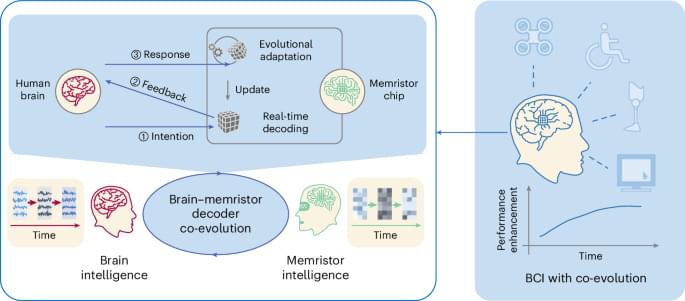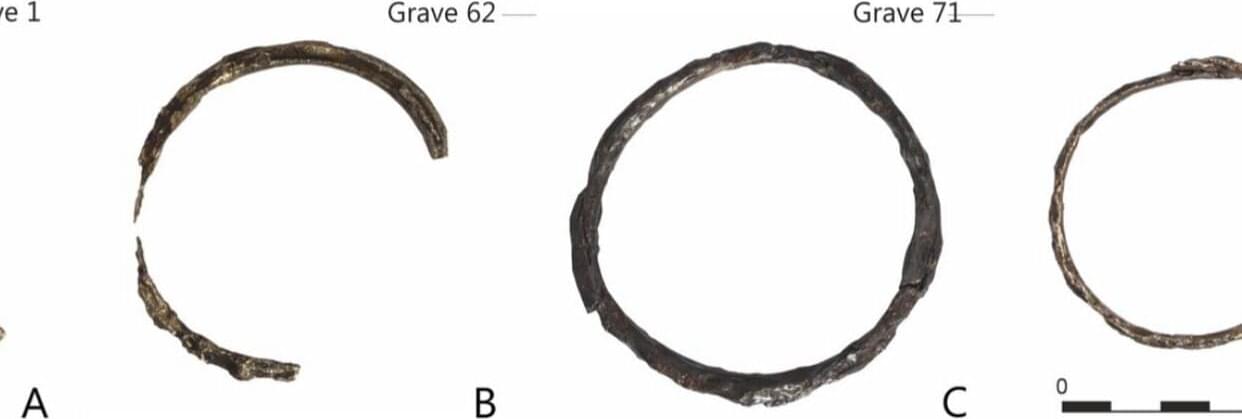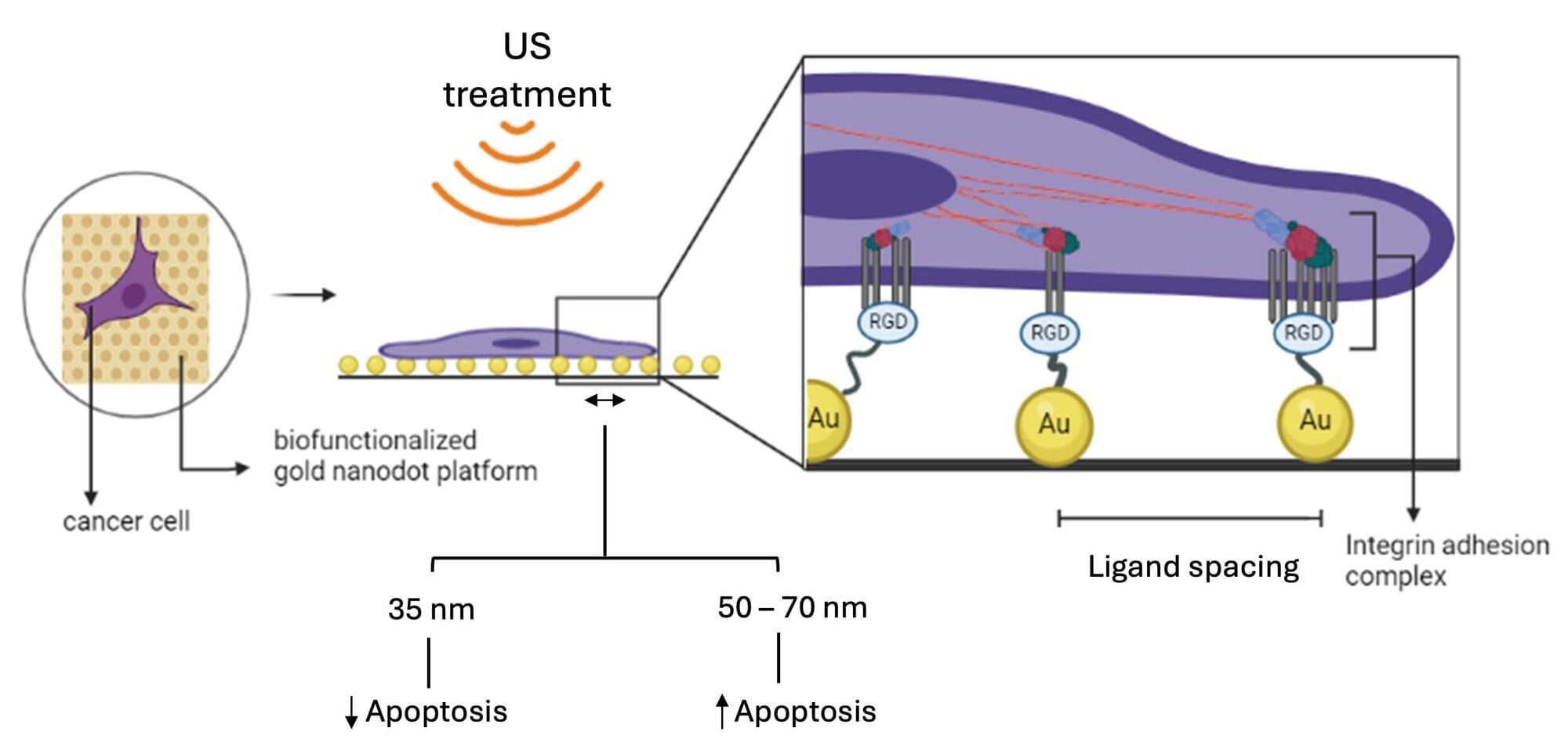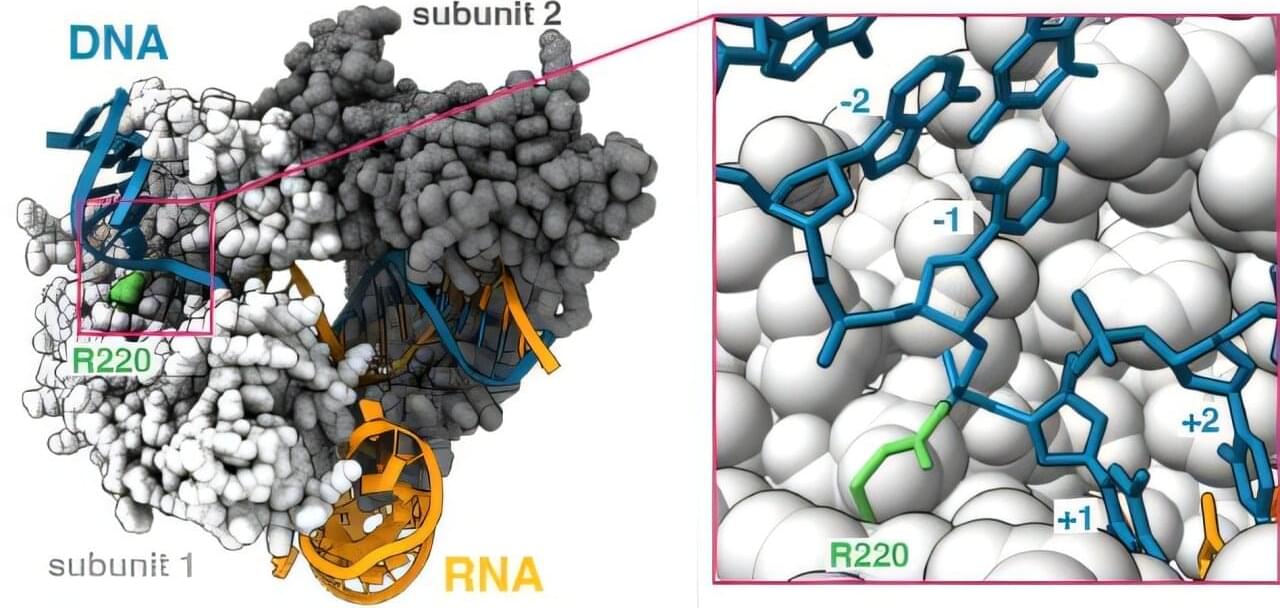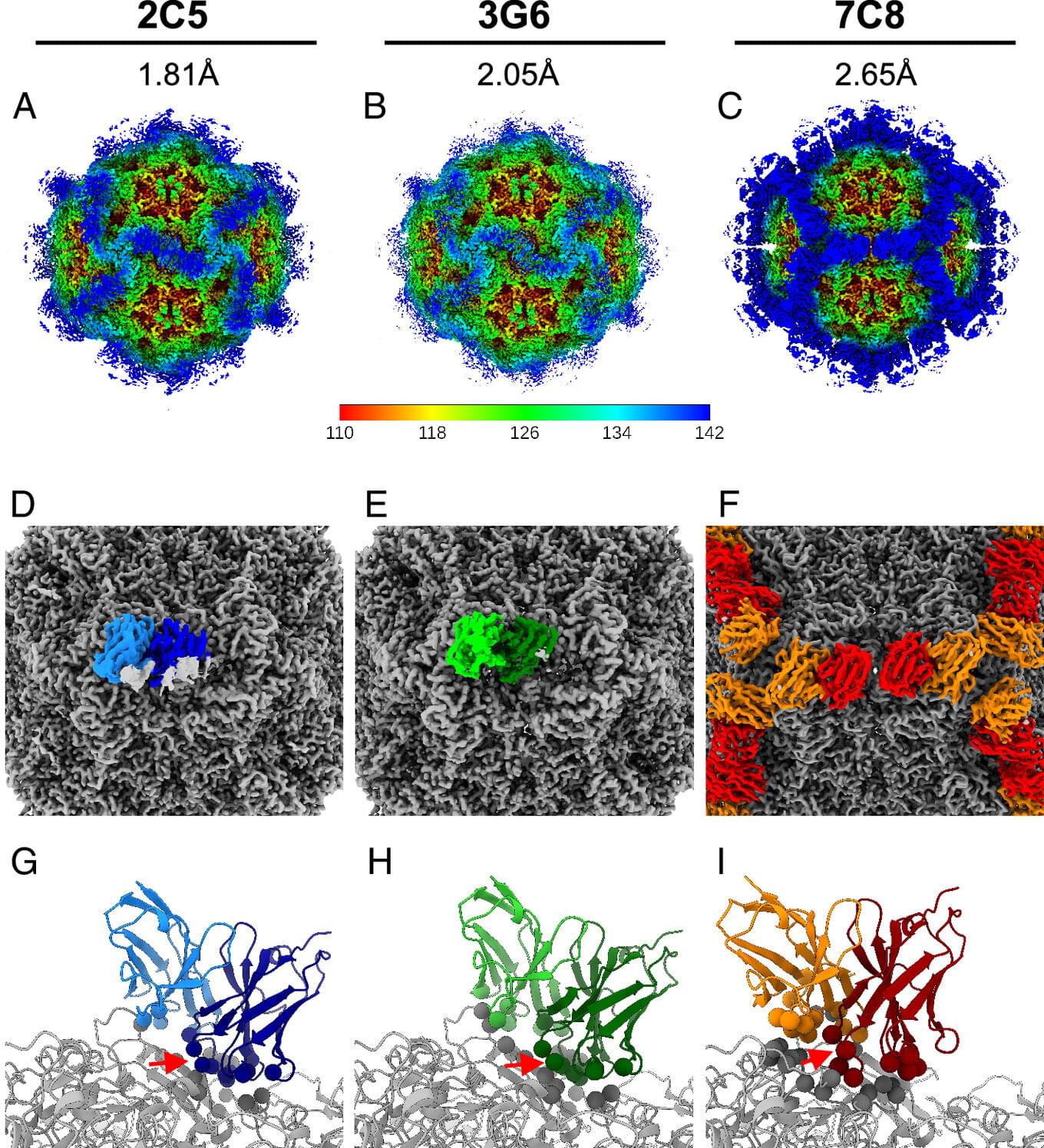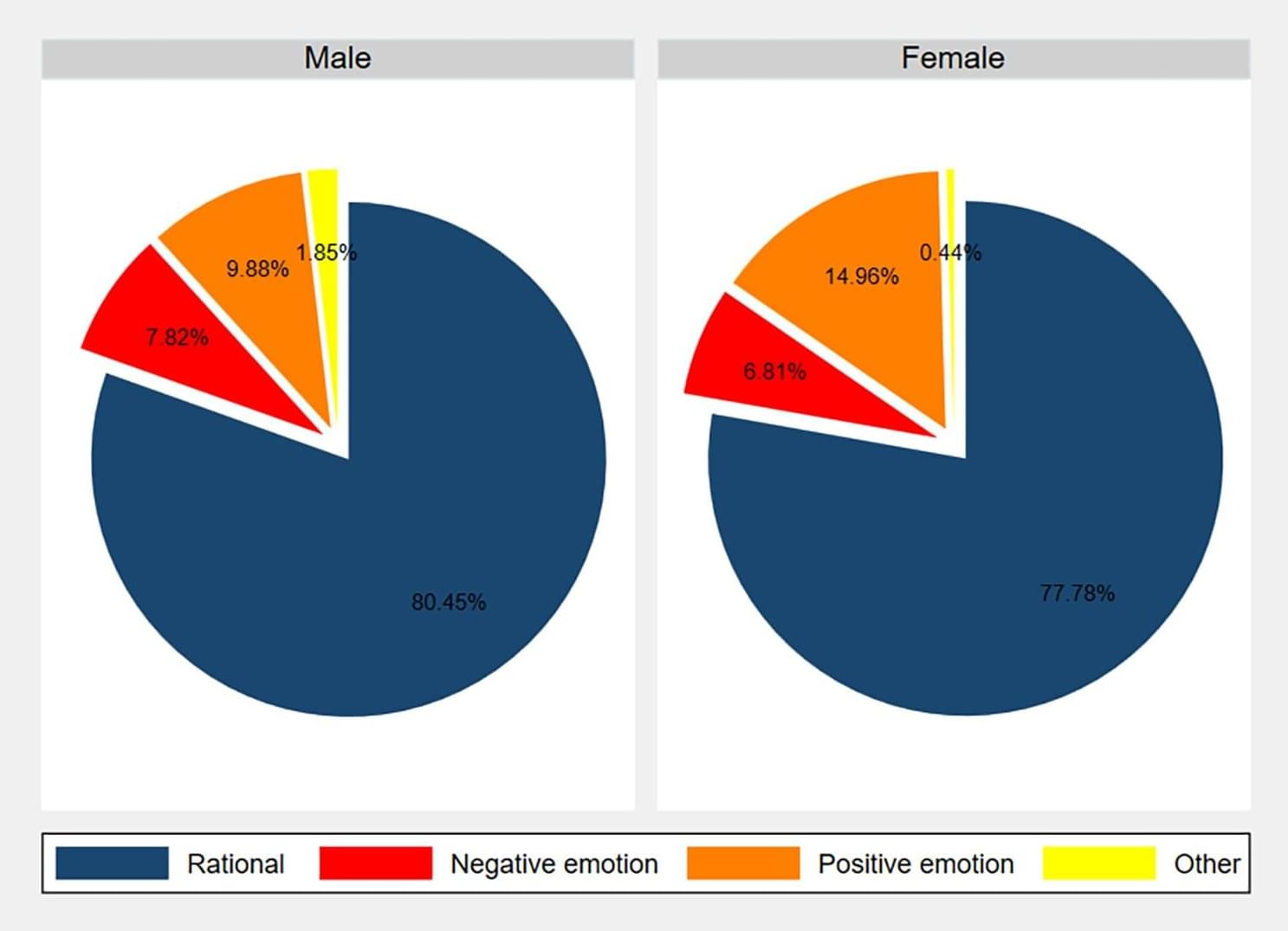Researchers found for the first time evidence that even microquasars containing a low-mass star are efficient particle accelerators, which leads to a significant impact on the interpretation of the abundance of gamma rays in the universe.
Our home planet is bombarded with particles from outer space all the time. And while we are mostly familiar with the rocky meteorites originating from within our solar system that create fascinating shooting stars in the night sky, it’s the smallest particles that help scientists to understand the nature of the universe. Subatomic particles such as electrons or protons arriving from interstellar space and beyond are one of the fastest particles known in the universe and known as cosmic rays.
The origins and the acceleration mechanisms of the most energetic of these cosmic particles remains one of the biggest mysteries in astrophysics. Fast-moving matter outflows (or “jets”) launched from black holes would be an ideal site for particle acceleration, but the details on how and under which conditions acceleration processes can occur are unclear. The most powerful jets inside our Galaxy occur in microquasars: systems composed by a stellar-mass black hole and a “normal” star. The pair orbit each other, and, once they are close enough, the black hole starts to slowly swallow its companion. As a consequence of this, jets are launched from the region close to the black hole.

